How is Apartment Renovation Like Beekeeping?
Strong Towns member Johnny Sanphillippo blogs at Granola Shotgun. This post is republished from his blog with permission. You can view the original, with additional photos, here.
This post also features the work of our friends at the Incremental Development Alliance. –Strong Towns staff.
I’m going to make an analogy here so give me a few paragraphs to piece it together.
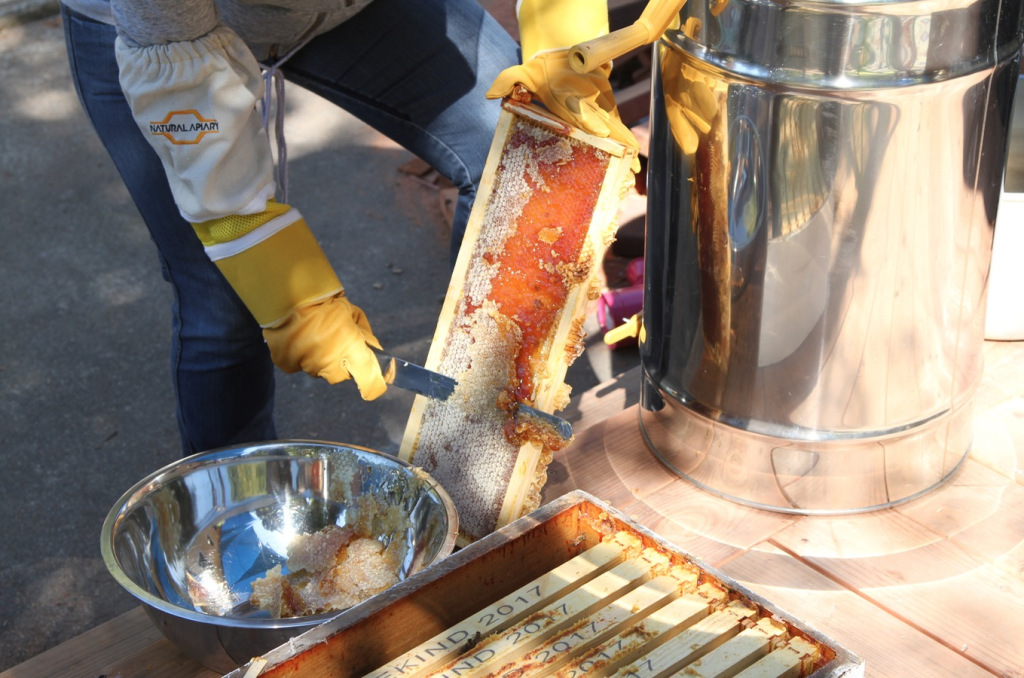
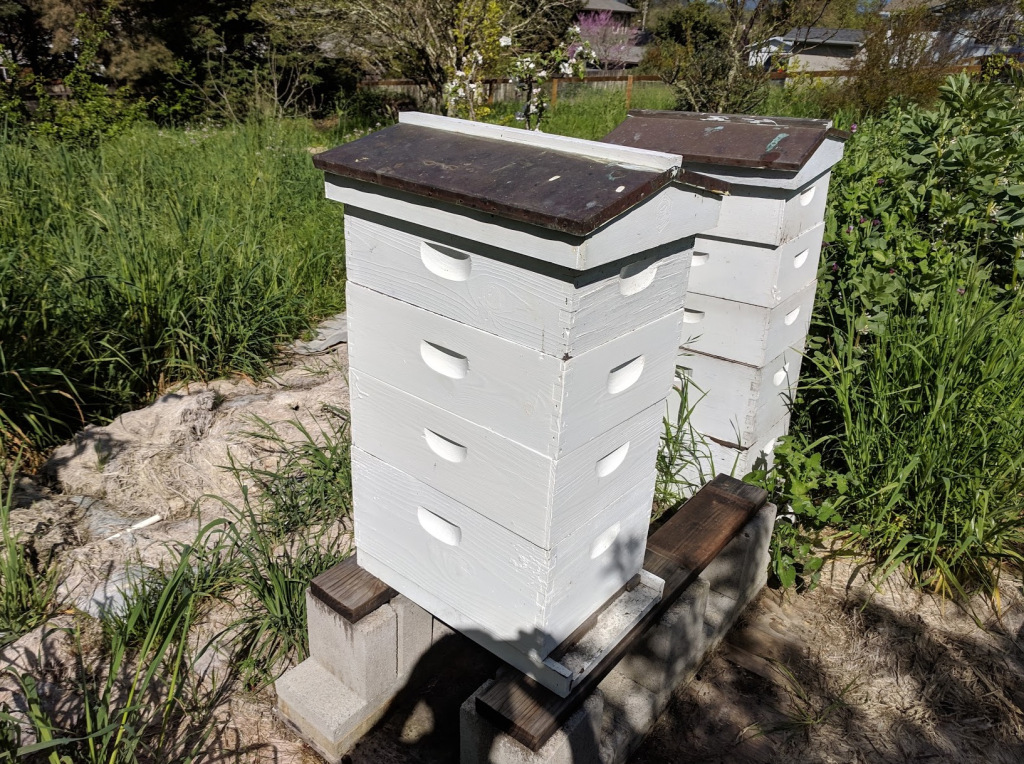
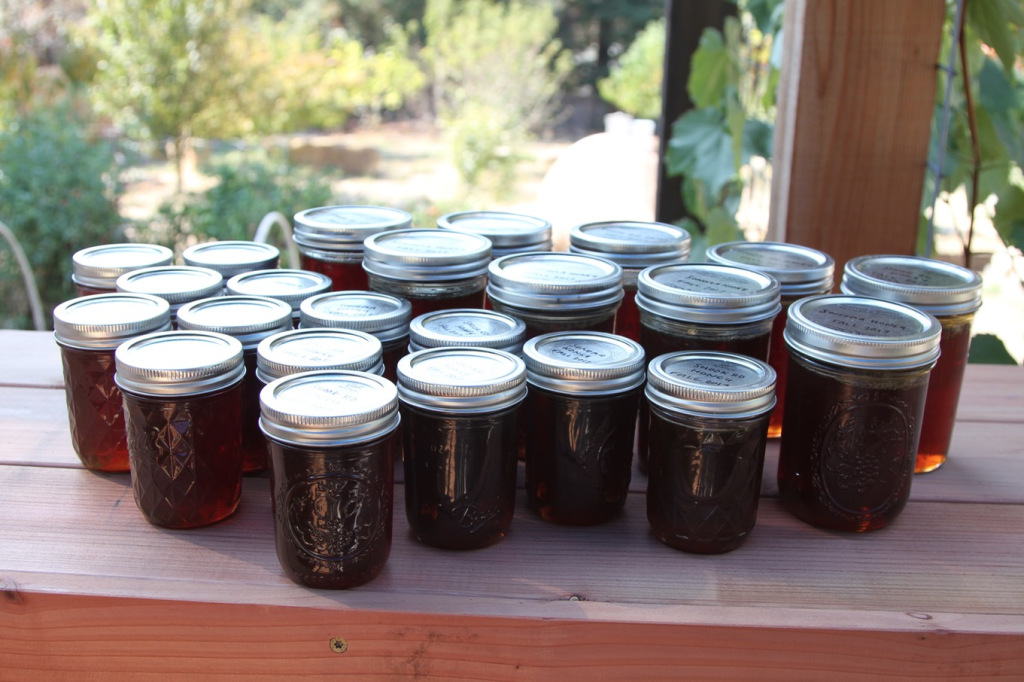
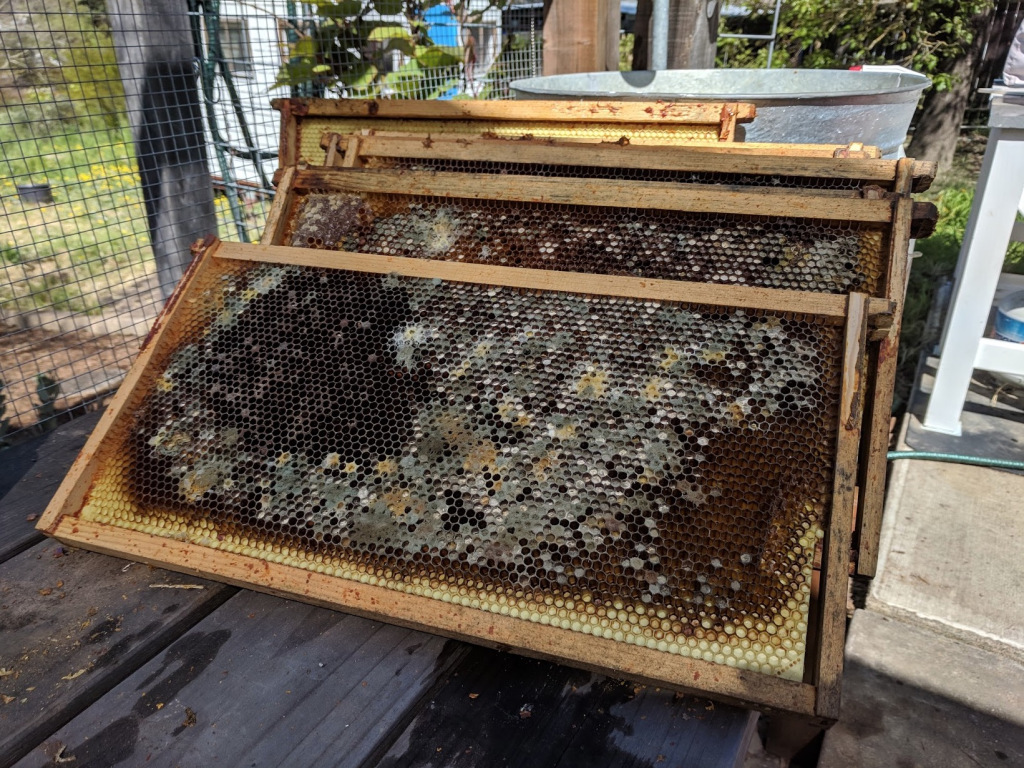
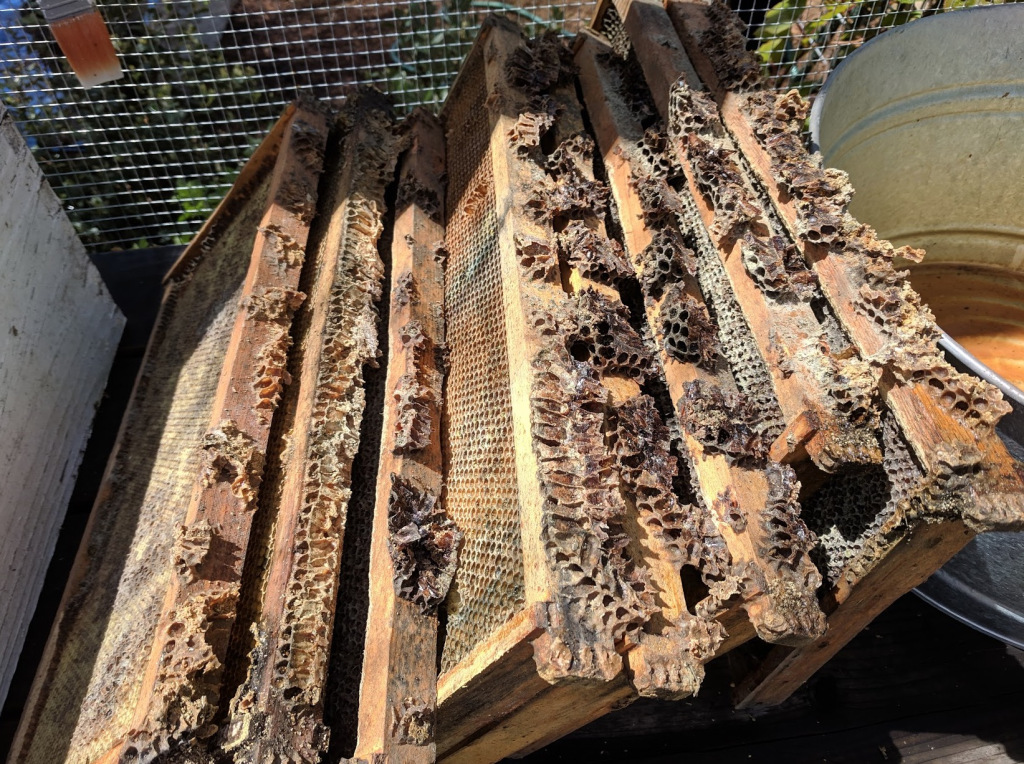
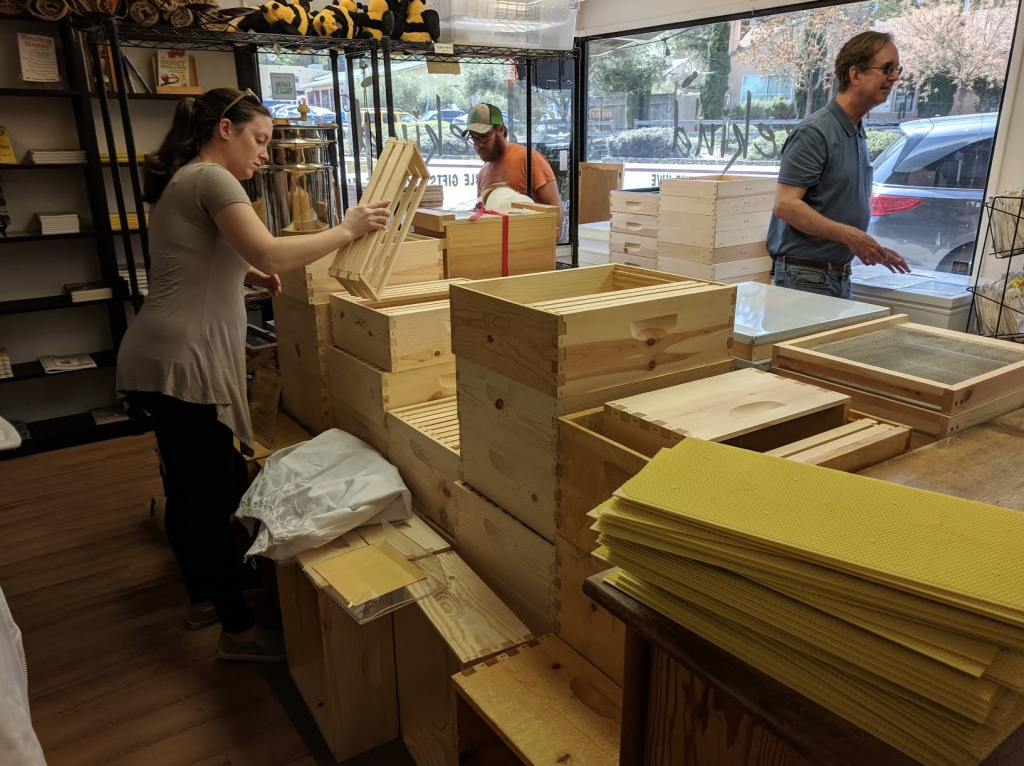
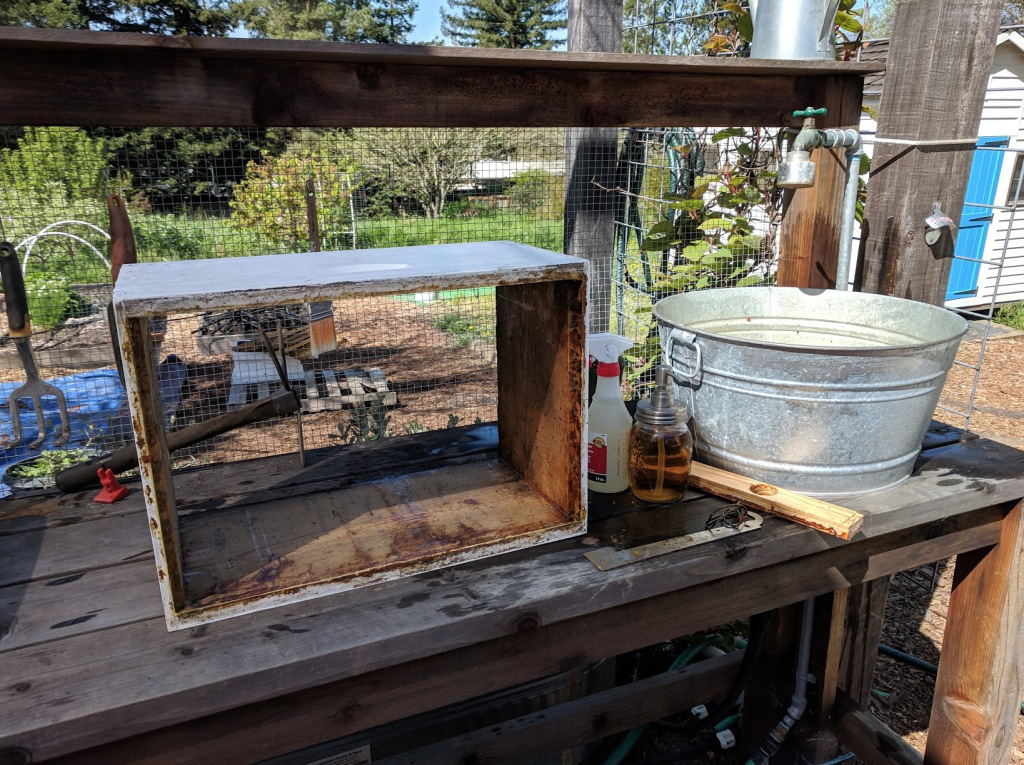

I’ve been an amateur bee keeper for the last eight or nine years. The garden and orchard do better when the bees are around to pollinate things and the hives produce high quality honey. Last year was especially productive. Most of the honey was left in the hives for the bees themselves, but the modest amount that was extracted was still plenty for us humans to enjoy.
Unfortunately, in the late fall one colony up and left and the other died off. Then we had a wetter winter than usual after a number of years of drought. The weather finally broke and the sun came out this week, so it was time to dismantled the hives and get them ready for a new batch of bees. That’s when I discovered the remnants of last year’s honeycomb had become completely covered in mold and ants. It was a nasty mess.
I spent the day scraping away the tainted wax and soaking every part of the wooden hives in a strong solution of bleach water. About half of the equipment went straight to the trash. Then the disinfected hive components were set out in the sun to dry.
I spend a certain amount of time and money on the bees because I derive a yield and a degree of pleasure from the process. It’s absolutely easier to buy honey at the supermarket in the same way it’s easier to buy produce at the grocery store. But for me the process of tending a productive garden is more compelling. Now I have two new colonies set up in shiny new super clean hives for the coming year. We’ll see how it goes.
The Hard Work of Bringing a Neighborhood Back
Last week I was in Atlanta with a group of consultants who were looking at small scale redevelopment opportunities. Here’s one cluster of properties they were considering. It’s the human equivalent of moldy abandoned bee hives. It’s not pretty.
Prospective investors were working out how much it would cost to bring buildings like these back to life and what they might earn from rent or resale after completion. They’d have to scrape out all the crud, soak everything in bleach, install all new everything… just like my bee hives. The reward would be “honey” that could be extracted and “pollination services” that would boost productivity in the surrounding area. Or perhaps the numbers don’t really pencil out and it’s a case of walking away. We’ll see how it goes.
Context is important. All around there are slightly less devastated husks of similar buildings of the same vintage. I was horrified to discover that there were still people living in them – at least the units that weren’t boarded up yet.
This is the late stage of a cycle. When these buildings were new they were middle class accommodations that people paid extra to live in. No one builds anything without the expectation of a generous cash flow and profit.
But over time the middle class migrated to wherever the new enticing place was, rents had to be lowered to attract tenants, and working class people filled the void. With too little revenue, the owners cut corners and let things slide. Why bother repairing things if the rent or resale value wouldn’t cover the cost of the upgrades? And finally the serious slum lord buys them for scrap and extracts the last dregs until the buildings fail entirely. It’s a rational, if unsavory, plan.
Across the street and around the corner and down the block are single family homes that were built around the same time as the apartments. They too have declined and worked their way down the value chain. These may not be particularly large or impressive homes, but they were built to a very high standard. The fact that they survived so much abuse and neglect for so long says a lot about solid masonry construction.
And here’s what passed for the local grocery store. When I first stepped in I thought the store was abandoned like the buildings next door. But they were still selling soft drinks, cigarets, and lottery tickets. The staff of life… So why would anyone in their right mind invest in this place?
The Virtuous Upward Spiral of Incremental Restoration
Well, two blocks away are modest homes that are being bought and cleaned up by people who see a bargain and can imagine the area improving enough to take a chance. Evidently they read Dwell Magazine too. These homes are inexpensive enough that ordinary people with long term vision can buy and renovate them on a tight budget.
And each new home that gets the make-over treatment emboldens others to join in. It’s exactly the opposite of the downward spiral of abandonment and disinvestment. This is the other part of the cycle: the virtuous upward spiral of incrementally higher rents and property values that spurs repairs and upgrades.
Lo and behold, someone has already decided a couple of the old apartments down the road were worth fluffing up. If enough of this occurs someone will see an unmet need in the community and open up a grocery store that sells vegetables and milk. I don’t make the rules folks. I’m just along for the ride.
(All photos by Johnny Sanphillippo.)
















The era of corner stores and mom-and-pop shops has mostly come to an end, with modern zoning codes strictly segregating commercial and residential areas. But a return to the mixed-use model might be just what we need to empower entrepreneurs and strengthen people's sense of community.